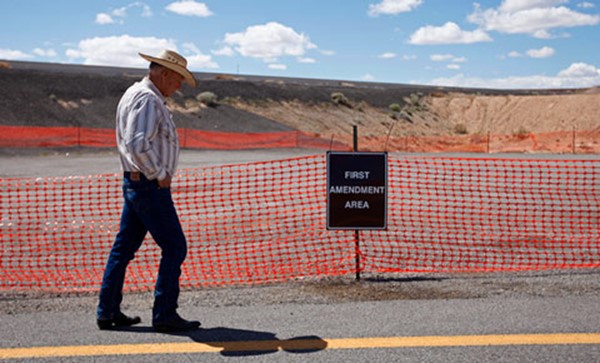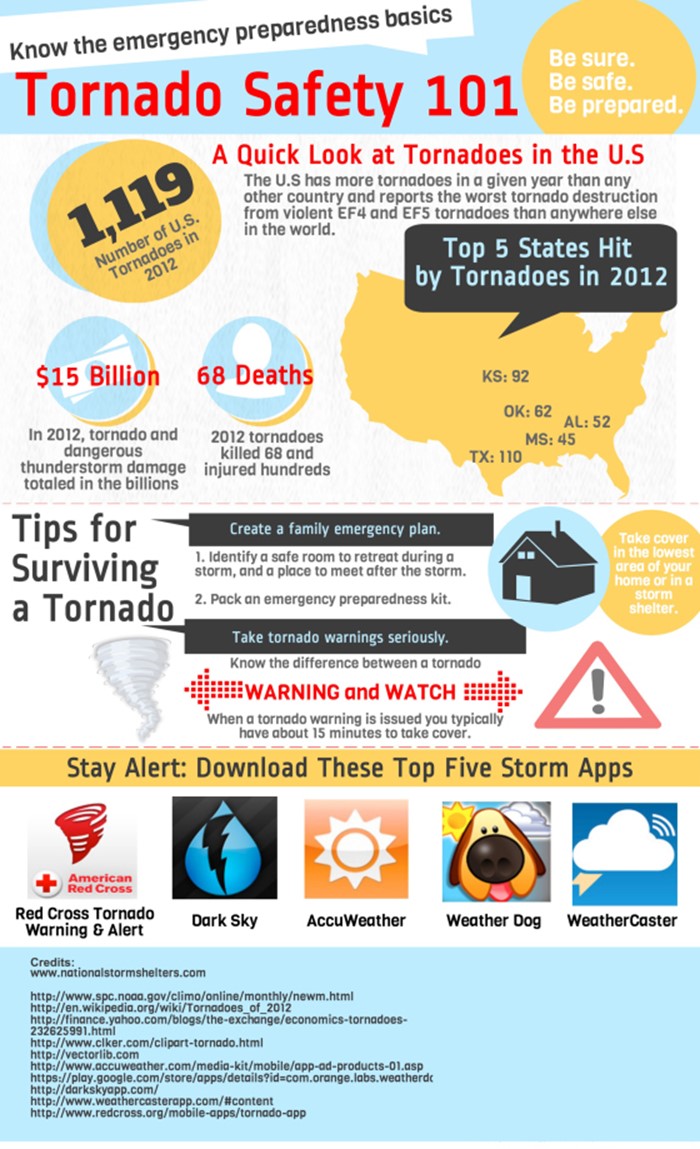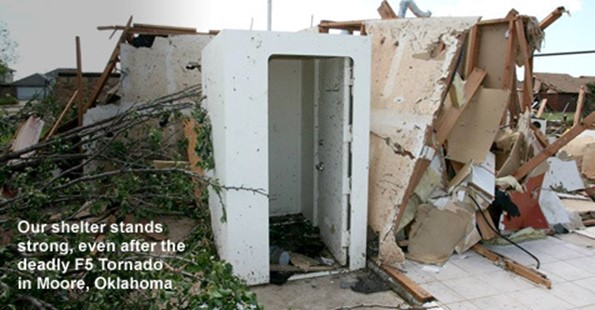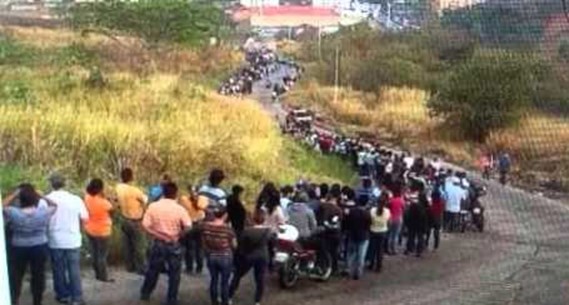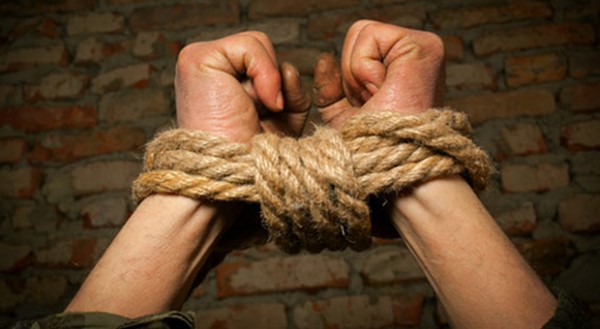Guest post By Doc Montana, a contributing author of SurvivalCache.com
I knew we were in trouble the moment I saw the Black and Decker battery-powered adjustable wrench. I’d encountered screwdrivers with dead batteries, saws without extension cords, and drills with easily over-heated motors, but an electric wrench?
Frankentools
Even the Craftsman electric hammer wasn’t as frightening as a AAA-powered wrench. What was the world coming to? Since that time I have considered what essential but simple tools have crawled their way out of the primordial tool box and evolved into electric-powered, motor-driven, battery-dependent versions that grind, drill and saw through anything in seconds as long as their copper circulatory system has a steady flow of electrons. If the Grid goes down, the these highly advanced tools are collectively no more useful than a bright yellow bag filled with boat anchors.
Most people have experienced the failure of an electric screwdriver and have quickly remedied that situation, so manual screwdrivers were too obvious to make this list. But how about the other essential non-power tools necessary to rebuild society, or at least repair your domicile after a hurricane or civil war? Here’s a list of 10 non-power tools to have handy when the grid hits a speed bump.
What You Need
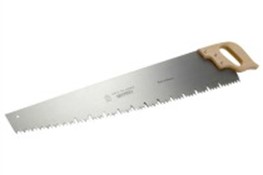
1.Cross-cut saw: Very few people today have tried to cut through a large tree with a handsaw, and with good reason.
Branches, yes, but trunks, never. Now imagine a SHTF situation where you can’t use or don’t want to use a noisy, smelly chainsaw. Not hard to imagine actually, but as you look at the tree blocking the road, laying across your roof, or soon to be turned into your bug out cabin, you’ve got a lot of sawdust-making ahead of you. This country was built with cross-cut saws, and while not as efficient as their internal combustion descendants, a pair of muscles and a sharp cross-cut will make short order of any tree outside our national parks.
Cross-cut saws come in one and two person versions that differ by length and handles. If you live in a place where you know you will need to cut trees, the two-man version is best. For some strange twist of physics, twice the manpower is more than twice as fast. But if space is an issue, the one-man version is smaller and a makeshift second handle can be bolted onto the end of the blade if needed.

2. Hacksaw: Most of us are quick to grab our reciprocating saw like a Milwaukee Sawzall (the Kleenex of such things) for just about every non-precise cutting task whether pipes, plywood, or plastic. Even fire/rescue folks have their trusty lithium-powered Sawzall on board to cut future hospital patients out of their current predicament.
Useful hand hacksaws come in two classic sizes, 10 inch blades and 12 inch. The standard looking solid-frame hacksaw uses a 12 inch blade while the mini saw uses the 10 inch. For the price, I recommend at least one of each, and you can use 12 inch blades on the mini versions, but it’s easy to break the non-supported portion of the blade if you’re not careful. And even if you do snap it in half, just keep using whatever piece fits in the saw.
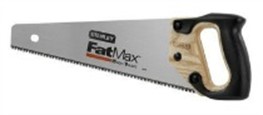
3. Standard Hand Saw: This is the traditional looking saw with a wood handle attached to a slightly triangular blade tapering as it goes from grip to tip. They come in various lengths and tooth sizes, and of course, price points. The useful length of a hand saw tops out at about 30 inches, but a 26 or 20 inch blade works very well for most tasks. I have a handful of 15 inch saws floating around and they work as good or better than most camp saws when you don’t need to carry the saw in your pack.
As the teeth get smaller, it is easier to cut because less material is removed with each stroke. So the there is a tradeoff between cutting speed and necessary muscle. If you are in a region with harder woods, go for a tooth count above 10. If your world is more of softer woods like the pine forests of the west, then fewer than 10 teeth per inch will serve most needs just fine. Either way, the high-carbon steel will rust and pit if left alone outside.

4. Large Hand Drill:
Hand-powered drills seem to be something that has fallen off the radar of most folks due to their proliferation in antique stores. Oddly, the same “antique” hand drill can be found in larger hardware stores for less money. Hobby shops often have a few on hand as well, but either way, there are plenty of options still in production.
Larger hand drills come in two popular designs. One looks like a bigger version of the standard small hand drill which is little more than a vertical shaft with a geared-crank wheel attached to the center, a handle above it, and a chuck below it. The other design called a brace drill looks like a bowed shaft of metal with a chuck on one end, a spin-able knob on the other and a rotating grip in the middle. Either design will allow you to place a considerable portion of your body weight on the shaft while drilling, but the cost of the more complex geared version increases exponentially as it goes up in size.
Brace drills are much less expensive and often have a ratchet mechanism like a socket that allows drilling in confined spaces where a complete revolution of the offset handle is not possible. Most brace drills have chucks that take up to half-inch bit shafts, but reduced-shaft wood bits give your brace drill up to a two inch diameter drilling capacity assuming you have a bit that size, let alone a need for a hole that big and the time to drill it.
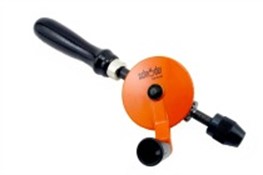
5. Small Hand Drill: Most household drilling jobs will settle for a hole one-quarter inch in diameter or less which just so happens to be the capacity of smaller hand drills. It is very easy to snap off small drill bits when using a larger drill so small hand drills are essential if your drilling needs require holes pin to pencil-sized. Small hand drills do not generate as much torque as the larger versions, so both small and larger hand drills are necessary since one size won’t drill all.
Most of us, myself included, have many powered options when it comes to drilling holes and driving screws. But charging a 28v advanced lithium power cell is not the same as charging a cell phone battery with a crank-powered emergency radio. Without a gas-powered generator or a roof covered in solar panels, power tools are not really tools at all.

6. Battery-free Battery Tester: These days, batteries can sit on a shelf for a decade and still have some useful juice left in them. Even the Sanyo Eneloop rechargeables are good after a year in the drawer. But how will you know if the cache of batteries you just discovered is any good. And as you know, one dud in the device kills all the others.
A battery tester that does not itself use a battery won’t give as reliable a reading as a powered tester, but still it is a helpful reading for most situations. The powered versions can test the battery under load, but most folks use a tester to give the thumbs up or down to any given battery. Just make sure the particular tester you have can test all the batteries you use including 12v CR123 and 3v button cells.
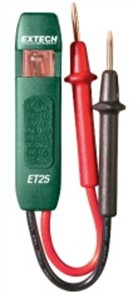
7. Battery-free Circuit Tester: Why would you need an old-school circuit tester if there is no electricity? Simple, how do you know there is no electricity? As one of the cheapest tools on this list, it is also one that could save your life. Since the indicator light won’t kick in until the volts approach three figures, its not going to work for car batteries. But that’s what a screwdriver is for right? You know, shorting the battery to check for a spark.
If you plan on building an off-grid solar panel array, you will need a multimeter with decimal-level voltage and amperage capabilities, but for encountering the errant wire or circuit box the old design works fine. In fact, you can go years on traditional battery-powered voltage detector, so toss one of those in your 72-month bag as well.

8. Hand-powered Grinding Wheel: From plow blades to hatchet heads, nothing makes sharpening large metal easier than moving the stone instead of the blade. Even at just a few hundred RPMs, the spinning stone will spit enough sparks to set your shop on fire if you’re not careful.
The spinning inertia of a hand-powered grinding wheel is only enough to do very small tasks. For any job of substance, the cranking must accompany the grinding so for those times, which happens to be all the time, an additional hand or two is helpful. And spinning the grinding wheel might be the most post-apocalyptic fun a kid can have.
Due to the extremely high chance that a speck of stone or metal will fly into your eye, your kid’s eye, or your dog’s eye, exercise caution by putting a transparent barrier between any living cornea and any remotely conceivable missile trajectory launched from the other side. If you need to use a hand-cranked grinding wheel then I sincerely doubt a hospital is just around the corner.
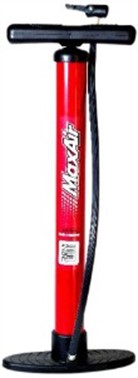
9. Hand-powered Air Pump: In case you didn’t know it, you can use a bicycle air pump to inflate a car tire. It will take you a long time, but nothing is preventing it except maybe the wrong valve connector-which is an easy fix. Motorized vehicles use relatively low pressure tires with cars, trucks and motorcycle tire manufacturers suggesting something in the 25-45 psi range. But vehicle tires are also incredibly high volume spaces to fill compared to bicycle tires. Most bike pumps are designed for lower volume but much higher pressures, some over 200 psi. Either way, you’re SOL if all you’ve got is one air compressor and zero electricity. No matter how many hours of pumping it takes, a bike pump will get the job done. Raft pumps, on the other hand, are designed very high volume but extremely low pressures like 2 psi, so don’t bother going there except for air mattresses, and rafts of course.

10. Scythe: In addition to being an authentic Halloween prop, the scythe is an indispensable tool when you need to mow down weeds so you can reclaim a gardening plot, or turn over a field after harvest. At it’s simplest, a scythe is little more than a wooden shaft with a pair of handles, one in the center and one at at an end. On the opposite end is a long narrow blade attached perpendicular to the shaft. From there it can get complex with numerous variations in shaft shape, handle design, and replaceable job-specific blades. No matter how modern a scythe’s design becomes, it is still quite recognizable as such since its function and use have never changed, only its comfort and efficiency.
Long after the lawn mower engine has seized and the push mower’s blades are too dull and chipped to cut anything, the scythe will keep going since using only the tools listed above, you could easily build yourself a new scythe from little more than a solid branch and a leaf spring.
Support SurvivalCache.com by shopping @ Amazon (Click Here)
Start now to make sure you are staying prepared.
via: survivalcache
 Follow
Follow